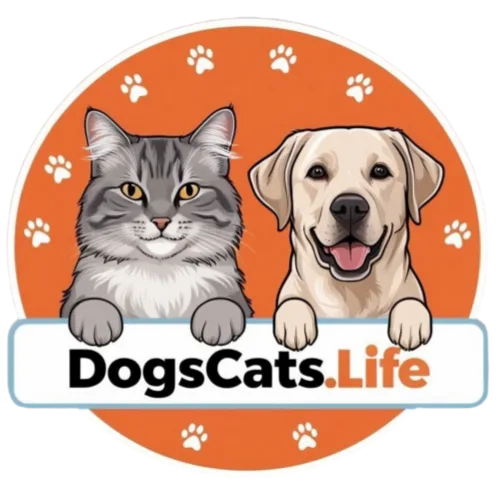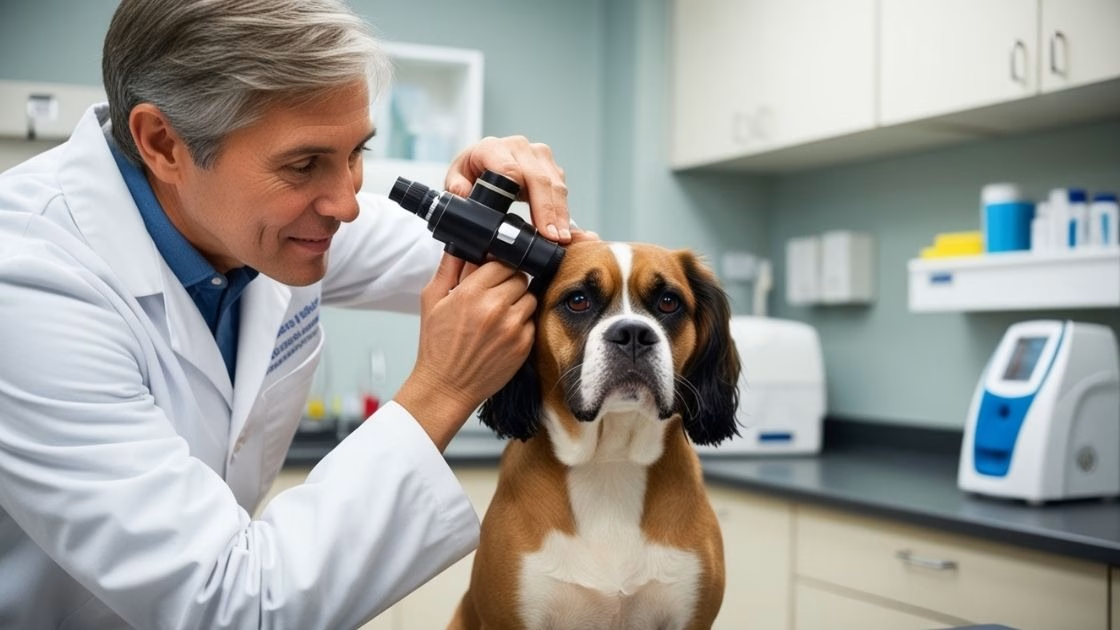Qdolo For Dogs Without Vet Prescription Fully Explain. From personal experience, one enjoys doing anything to make their pet healthy and comfortable at all times. Some of which include; Getting your dog back home in case of a walk, Playing with your dog or taking him or her for a walk,
Feeding the dog – this is particularly important for those dogs that are used to being fed several times a day, Administering pain relief for a dog in pain when there is no nearby vet to consult or operate on the pet.
You probably have come across an article mentioning Qdolo a medication commonly used on human beings and were wondering whether to give to dogs without consulting the Vet. In this article, you will learn all you need to know about Qdolo for dogs starting from what it is used for to what the dangers include in simple and plain language.
Key Takeaways
- Tramadol commonly referred to as Qdolo is an opioid agent that works for pain management in people as well as animals.
- Its administration is precise, and it should be used only under the veterinarian’s guidance.
- There are other brands that are available from the market which are not drugs for dogs, there are non-prescription drugs for pain management in dogs.
- Side effects of Qdolo include overdose, and interactions with other drugs and food substances.
- Be sure to get the advice of a veterinarian when it comes to managing pain in your pet dog.
What Is Qdolo?
Qdolo is a brand name for tramadol USP which belongs to the opioid group of pain relievers that are approved for use in humans for the moderate to severe pain control. Tramadol is used for altering the rate of pain messages sent between the brain and various parts of the body, which means that the drug is useful in postoperative, chronic and traumatic conditions.
Features of Qdolo
- Active Ingredient: Tramadol hydrochloride
- Formulation: Coming in both liquid and tablet format
- Usage: For managing pain in humans and for other purposes in pets
Why Consider Qdolo for Dogs?
It goes without saying that your dog’s pain resulting from arthritis, surgery, or injury requires instant attention. Qdolo has been give to dogs off-label in cases of pain management in dogs, but this has specific precautions and considerations.
Common Veterinary Applications
- Post-surgical pain management
- Chronic pain, meaning the pain from conditions like arthritis or neurological diseases.
- Relief for injuries or trauma
Benefits of Qdolo for Dogs
- Their effectiveness for reducing moderate and severe pain lasts between two to four hours.
- Influences the nervous system by changing its feel to pain signals
- Can therefore be used simultaneously with other treatments under the supervision of a professional.
Risks and Precautions
Consumption of Qdolo which contains tramadol without the vet’s recommendation is dangerous for your dog’s health. This is because each pet has special health needs that need a professional check up to know the right amount to be administered and any interaction with other drugs.
Some of the side effects arising from the wrong dosing of Qdolo include serious complications or death.
Common Risks of Self-Medicating Dogs with Qdolo
- Incorrect Dosing: If not properly advised on dosing, it is possible to either underdose the drug resulting in ineffective treatment or overdose your dog thus causing a toxicity.
- Overlooking Underlying Conditions: Pain might be indicative of some ailment that needs special attention to be dealt with. Qdolo use could therefore be wearing a veneer to the existing problem rather than offering an actual solution.
- Drug Interactions: Qdolo may have a drug interaction with other medications that your dog is taking such as NSAIDS or antidepressants , hence causing side effects to your pet.
Side Effects of Qdolo in Dogs
Though Qdolo may work for pain relief, it will also come with some side effects. They may be mild or serious depending on the dose, the health status of the dog or other drugs that may be used in conjunction with it.
Common Side Effects
- Vomiting: A common reaction, particularly when a given medicine is not easily endured by the body.
- Sedation: Some symptoms of toxicity as seen in dogs may include increased sleep, extreme sleep or general body weakness.
- Behavioural Changes: As a result some of the pets may display signs such as agitation, confusion or altered behavior patterns.
- Nausea: Nausea is often accompanied by loss of appetite or simple discomfort.
- Constipation: Opioid related actions of Qdolo may reduce propulsion of the intestines.
These side effects should be monitored closely. If they worsen or persist, immediate veterinary consultation is required.
Risk of Overdose
Signs of Qdolo Overdose in Dogs
- Respiratory Depression: There is alteration of breathlessness where it becomes slow, shallow, or irregular and is a serious threat to life.
- Seizures: Nervous system overactivation is likely to lead to convulsion.
- Unresponsiveness or Coma: There are more serious repercussions of overdosage not excluding complete loss of consciousness; the life of such a dog is in extreme peril.
Folks who think their pet could have taken more than the recommendable quantity need to seek help from a vet as soon as possible. Sometimes the sedation may be so profound that an opioid antagonist such as naloxone will be needed to counter its action.
Precautionary Measures
To mitigate risks:
- It is advisable to consult with a vet before giving treatment with Qdolo.
- Take medications in correct quantities, and do not use compounds unless a doctor recommends it.
- Pay close attention to how your dog responds to L-lysine or if it has had too much of this supplement.
- Store medicines away in a safe way to ensure that they won’t be eaten by animals or children accidentally.
If you follow these measures, you can avoid common dangers that threaten the life of your pet as well as enhance its pain control program.
Dosage and Administration
Dosage of Qdolo (tramadol) depends on the weight, age, general state of health and the particular condition of the pet. Dosing is always very important to allow the drug to be both safe and efficient in its use and administration.
Determining the Correct Dosage
- General Guideline: The recommended dosage varies between .45 and 1.8 mg for every body weight of the animal, given in 8-12 hours intervals.
- Tailored Approach: Pain intensity, GFR, liver function and current medications will determine the exact dosage of the medication.
- Monitoring: It is advisable that after administration especially for the first time, the patient or subject is closely monitored to detect either adequate improvement or side effects, and may require a change of dosage.
How to Administer Qdolo
The application of Qdolo can be a night and day difference when used correctly and helps your dog feel more comfortable. Two common forms of Qdolo are available:
Oral Tablets
- Mixing with Food: This should only be done to dogs that resist the intake of pills and the crushed tablet mixed with the moistened food makes swallowing easy.
- Direct Administration: If you are unable to mix the tablet with food, put the tablet on the back of your dog’s tongue, and then try to encourage him to swallow by adding another treat or a small bowl of water.
Liquid Formulation
- Use a Calibrated Syringe: Liquid Qdolo is flammable and thus should be administered in the correct quantity to avoid having a large excess. Pour it right into the mouth of your dog through the side of the cheek since it encourages swallowing.
Alternatives to Qdolo
If getting a prescription from a veterinarian for Qdolo is hard there are other safer options available for managing your dog’s pain.
Over-the-Counter Options
- NSAIDs for Pets:
- That is though developed for use in human but effective for dogs (e.g., carprofen, meloxicam).
- Fight inflammation and help with pains.
- Note: Common NSAIDs such as ibuprofen are dangerous for dogs and should not be administered in any circumstance.
- Supplements:
- Glucosamine and Chondroitin: Promote the joint health and minimize the problems which are attributable to arthritis or joint pains.
- This drug has been proven safe for long term use, with very few unwanted side effects.
Non-Medication Approaches
- Physical Therapy:
- May help enhance movements thus relieve discomfort and build up muscles.
- Stages A include such exercises as stretching, swimming, and gentle walking.
- Acupuncture:
- An appealing integrated solution for treating chronic pain or discomfort resulting from specific illnesses.
- It is the acupuncturists, who have completed their certification in veterinary acupUNCTURE.
Informational Table: Alternatives Comparison
| Option | Purpose | Availability | Risks |
|---|---|---|---|
| NSAIDs for Pets | Reduces inflammation | Vet prescription | Gastrointestinal issues |
| Glucosamine Supplements | Joint health | Over-the-counter | Minimal |
| Physical Therapy | Mobility improvement | Professional service | None |
Understanding Off-Label Use
This means using a drug in a way that has not received the FDA stamp of approval in the treatment of a given ailment. Tramadol however is approved by the FDA to be administered to humans though its usage in dogs may at times call for off label. This in turn means that professional supervision is given a higher significance.
FDA Guidelines and Regulations
- Tramadol is a Schedule IV controlled substance.
- They should, however, use the medications as recommended by the vets.B.
Table: Tramadol Regulatory Information
| Category | Details |
| Schedule | IV |
| Approved For | Human use |
| Veterinary Status | Off-label |
| Risks | Addiction, misuse |
Why a Vet Prescription Is Critical
Professional Assessment
A veterinarian considers:
- Your dogs weight and healthy condition
- Possible adverse reactions that may arise from the simultaneous use of the drug with other drugs
- Just the right dosage to avoid the terrible side effects of pain relievers
Risks of Self-Medicating
- Incorrect dosing
- Although the causes of chronic diseases may be ignored, there may be underlying health factors which go unnoticed.
- Potential for increased adverse effect or opioid overdose
Signs of Adverse Reactions
Look out for:
- Vomiting
- Unsteady gait
- Difficulty breathing
- Behavioral changes
How Qdolo Affects the Nervous System
Tramadol, modulates the action of serotonin and norepinephrine thereby changing the way the brain interprets pain. This two-way working makes it efficient, but that is the reason why adverse effects are possible.
Adverse Effects on the Central Nervous System
- Sedation
- Dizziness
- Somnolence
Drug Interactions to Avoid
- SSRIs: This interaction may cause serotonin syndrome
- Benzodiazepines: Increased risk of sedation
- NSAIDs: Risk of gastrointestinal damage
Common Drug Interactions
| Medication Type | Interaction Effect |
| SSRIs | Serotonin syndrome |
| Benzodiazepines | Enhanced sedation |
| NSAIDs | Increased GI damage |
My Opinion
As a pet owner I stand by it that although the use of Qdolo can be very effective in managing your dog’s pain, it is something that ought to be done under the supervision of a professional veterinarian.
The dangers of attempting to treat … yourself for an illness range from getting the dose wrong or not considering possible side effects eliminates any potential benefits you may think you can gain.
I have realized that only a vet can come up with an effective and safe pain control plan on how to handle the pains that your dog is suffering from.
There is lot that can be done in case a prescription is not something that you can get and there is still a lot that we can take that has less on the side effects yet they can offer a lot of help to the pet. They are happy when they have to make the right decision for their own good.
FAQs
1- Can I Give Qdolo to My Dog Without a Prescription?
Ans. No, it is strongly advised to use Qdolo only under a vet’s supervision.
2- What Are Safer Alternatives to Qdolo?
Ans. Consider NSAIDs designed for pets, physical therapy, or supplements like glucosamine.
3- How Do I Recognize an Overdose?
Ans. Symptoms include excessive sedation, difficulty breathing, and unresponsiveness.
4- Is Tramadol FDA-Approved for Dogs?
Ans. No, tramadol is FDA-approved for humans, and its use in dogs is off-label.
5- Are There Natural Pain Relief Options?
Ans. Yes, options include physical therapy, acupuncture, and proper nutrition.
















Leave a Reply
View Comments